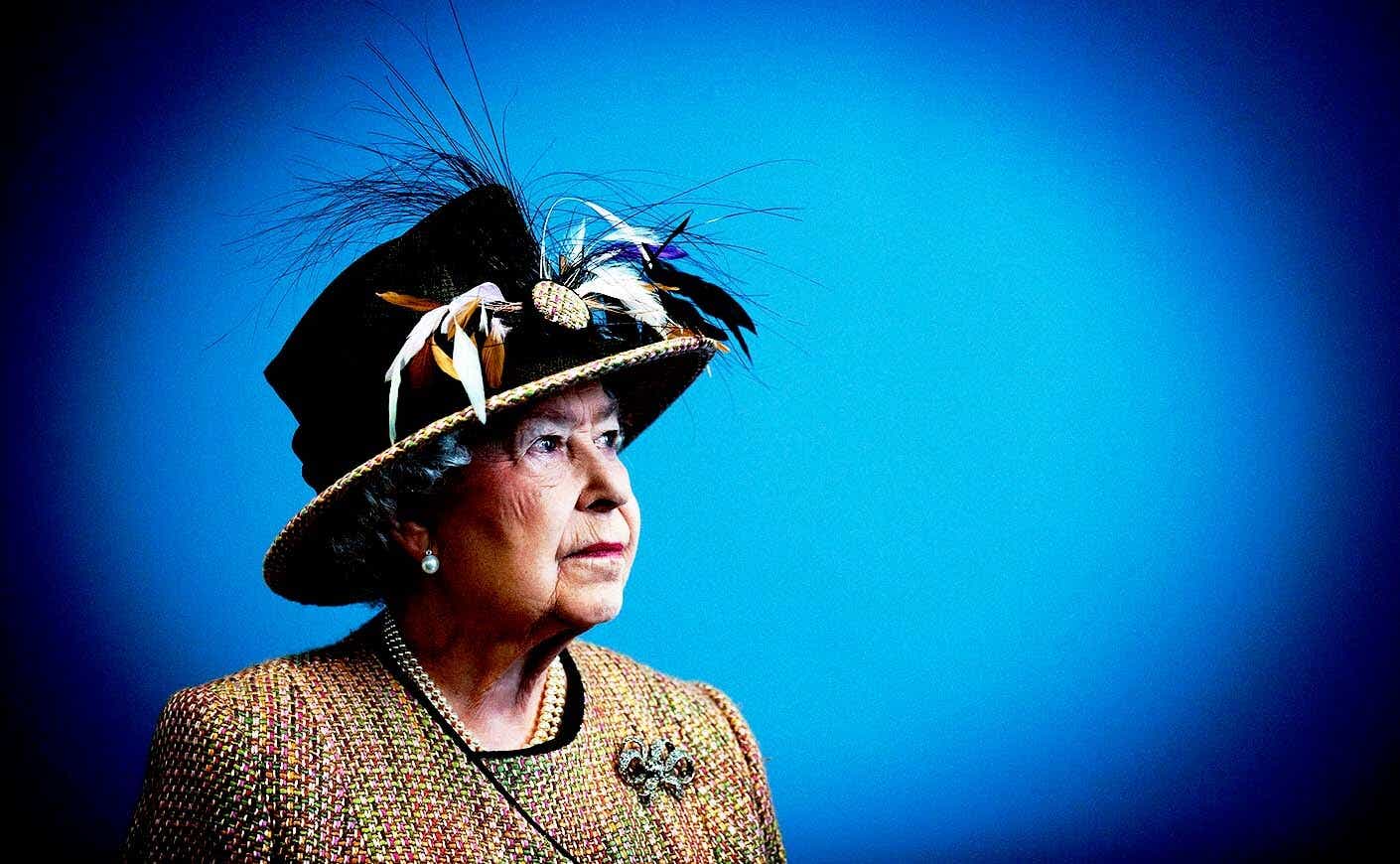Queen Elizabeth II hasn’t been seen in public since mid-October, and anxiety about her health is high after she missed a particularly important engagement this past weekend. Here’s what we know about the health of the 95-year-old monarch:
When did Queen Elizabeth’s recent health issues begin?
On Oct. 20, Buckingham Palace announced the queen had canceled a two-day visit to Northern Ireland and would instead be taking the time to rest at Windsor Castle. Officials didn’t offer any further explanation at the time, other than to say the issue was not related to Covid-19. The announcement came just days after the queen was seen using a walking stick in public for the first time since 2003, when she had a knee operation. She was also advised to give up drinking ahead of next June’s Platinum Jubilee celebrations, meaning she’ll have to skip her favorite evening martini.
In a statement at the time of the canceled trip, the palace said: “The Queen has reluctantly accepted medical advice to rest for the next few days. Her Majesty is in good spirits and is disappointed that she will no longer be able to visit Northern Ireland … and looks forward to visiting in the future.”
On Oct. 21, the palace announced the queen had spent a night in the hospital for “preliminary investigations.” Doctors instructed her to rest for at least two weeks, giving her the OK for “light, desk-based duties” including virtual appearances, but advising against any official, in-person visits.
The queen was originally scheduled to attend the COP26 climate summit in Glasgow, Scotland, which kicked off Oct. 31, but she ultimately skipped the conference and instead sent a prerecorded video message to the event’s attendees. Prince Charles did give a speech at the summit, and when he spoke with Joe Biden, the president asked about the queen. Charles told Biden she was “very disappointed not to come.”
What’s the latest development?
During the queen’s time off following her hospitalization, the palace had been saying she would return to public duties at a service for Remembrance Sunday, which honors veterans from the Commonwealth in World War I, World War II, and later conflicts. Officials said she had a “firm intention” to take part after missing other engagements in the weeks prior.
That ceremony was scheduled for Nov. 14, but the queen pulled out after spraining her back. Buckingham Palace’s announcement that she would not make it came less than two hours before she was scheduled to appear.
Royal officials did not explain how the back injury happened, but they said the queen hasn’t been hospitalized for it and she’s expected to resume “official light duties” this week.
As The New York Times pointed out, the remembrance service is of special significance to the queen, who herself served as a driver and truck mechanic in WWII. She has missed the ceremony only six times in the last 69 years, and each of those absences was due to either pregnancy or being on official business outside the country.
What will happen when Queen Elizabeth dies?
It’s important to note that there’s no direct indication any of her recent health issues are this worrisome, but considering the queen’s age, it’s natural to wonder about the transition when we do lose her. (After all, when she lost her husband, Prince Philip, at 99 years old back in April, his official cause of death was listed as old age.)
Britain does have an elaborate plan for what will happen upon the monarch’s death, which is called Operation LONDON BRIDGE. Another plan, Operation SPRING TIDE, outlines Prince Charles’s subsequent ascension to the throne.
The plan details an extensive “call cascade” to alert the prime minister and other senior officials of the queen’s death. Flags will be lowered, and the royal family’s website and social media pages will display black banners in Elizabeth’s honor. That evening, the queen’s son Charles will address the nation, and he’ll be officially confirmed as king by the Accession Council the following day.
The queen’s funeral will take place at Westminster Abbey 10 days after her death. In the days in between, while arrangements for the proceedings come together, the queen will lie in state for three days at the Palace of Westminster
Here’s hoping the plan won’t need to be enacted anytime soon, but you can read all the details about it here.









